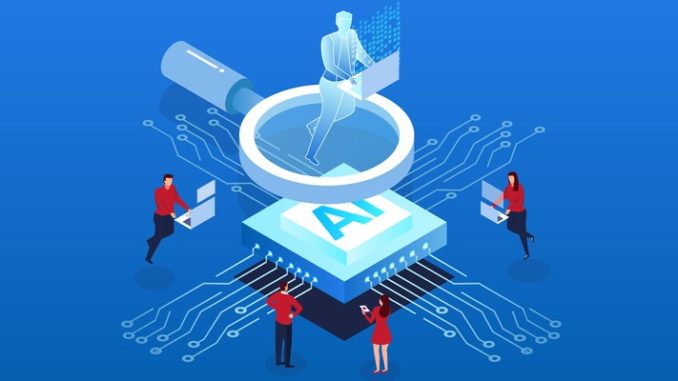
Esme Loans has revealed that 43% of leaders don’t understand how AI can benefit their workplaces. We discuss the findings of their survey about the use of AI in the workplace and what the future of AI may look like
In October 2019, we surveyed over 250 UK workplace leaders to find out how many of them use artificial intelligence technologies in the workplace, how they feel about AI, and whether they plan to invest in it in the future. Before we jump into the survey results, let’s have a look at what AI means.
Artificial intelligence, also known as AI, is the creation of intelligent machines that work and react in human-like ways. An example of AI technology includes the spam filter on your inbox – your email provider can recognise what is of use to you, and what isn’t, through your behaviour on the platform.
Voice assistant devices – such as Amazon’s Alexa and Google Home – also use AI technology in order to provide accurate results. Each time Alexa, or other voice assistant devices, make a mistake in interpreting your request, that data is used to make the system smarter next time around.
Changing perceptions
The survey revealed that there is still a long way to go in terms of educating workplace leaders on what AI is and changing their perception of it. The results showed that 43% of workplace leaders said they don’t understand how AI can benefit their workplace, 60% feel that they have overlooked the potential of AI while, perhaps unbelievably, 16% still associate AI technology with robots taking over the world – with 29% of those surveyed admitting to feeling scared, reluctant or apprehensive about using AI technology.
However, the majority of workplace leaders do feel positive about working with AI technology – over half (51%) are open-minded about using it, and nearly one-in-10 (9%) feel excited about the prospect of using AI in their workplaces – but there’s still a long way to go before they completely embrace AI and its full potential.
AI in the workplace
AI comes in many forms and is present in many ordinary websites and tools we use in both our personal and working environments. Initially, those surveyed were asked if they were knowingly using AI technology within their workplaces. More than one-in-10 workplace leaders said they use AI technology in their workplaces every single day; however, a huge 73% said they don’t knowingly use AI technology. They were then asked to choose online tools or websites that they may use from a long list which included social networks, Gmail, voice assistant devices and more; unsurprisingly, all those surveyed admitted to using at least one of the websites or tools from the list. This means that the 73% who said they don’t use AI technology, and the 29% who said they were scared, reluctant and apprehensive about AI, are actually already using it.
The future of AI technology for workplacees
The future of AI in the workplace is incredibly bright as it develops further and is utilised more. According to this research 39% of workplace leaders will be investing in AI technology in the next five years, with almost one-in-10 planning to invest in AI in the next 12 months.
Younger workplace leaders seemed slightly more tech-savvy and open-minded, with 67% of those aged 34 and under saying they are planning to invest in AI technology in the next five years, compared to 41% of 45+ year olds.
AI technology has the power to revolutionise previously costly or time-consuming elements and, therefore, can improve the way workplaces operate altogether.
How to use AI in your workplace
If you’re one of the 51% of workplace leaders who feel open-minded about using AI, the first step is to outline the areas of your workplace that require support. Perhaps accounting and bookkeeping require too much of your time? There are many ways you can incorporate AI technology into your workplace, whether it be through existing tools and websites or custom technology that is designed with you in mind. It would be wise to research for existing tools and websites initially as custom AI technology can be costly.
Don’t forget to follow Dealer Support on Facebook and Twitter!

Be the first to comment